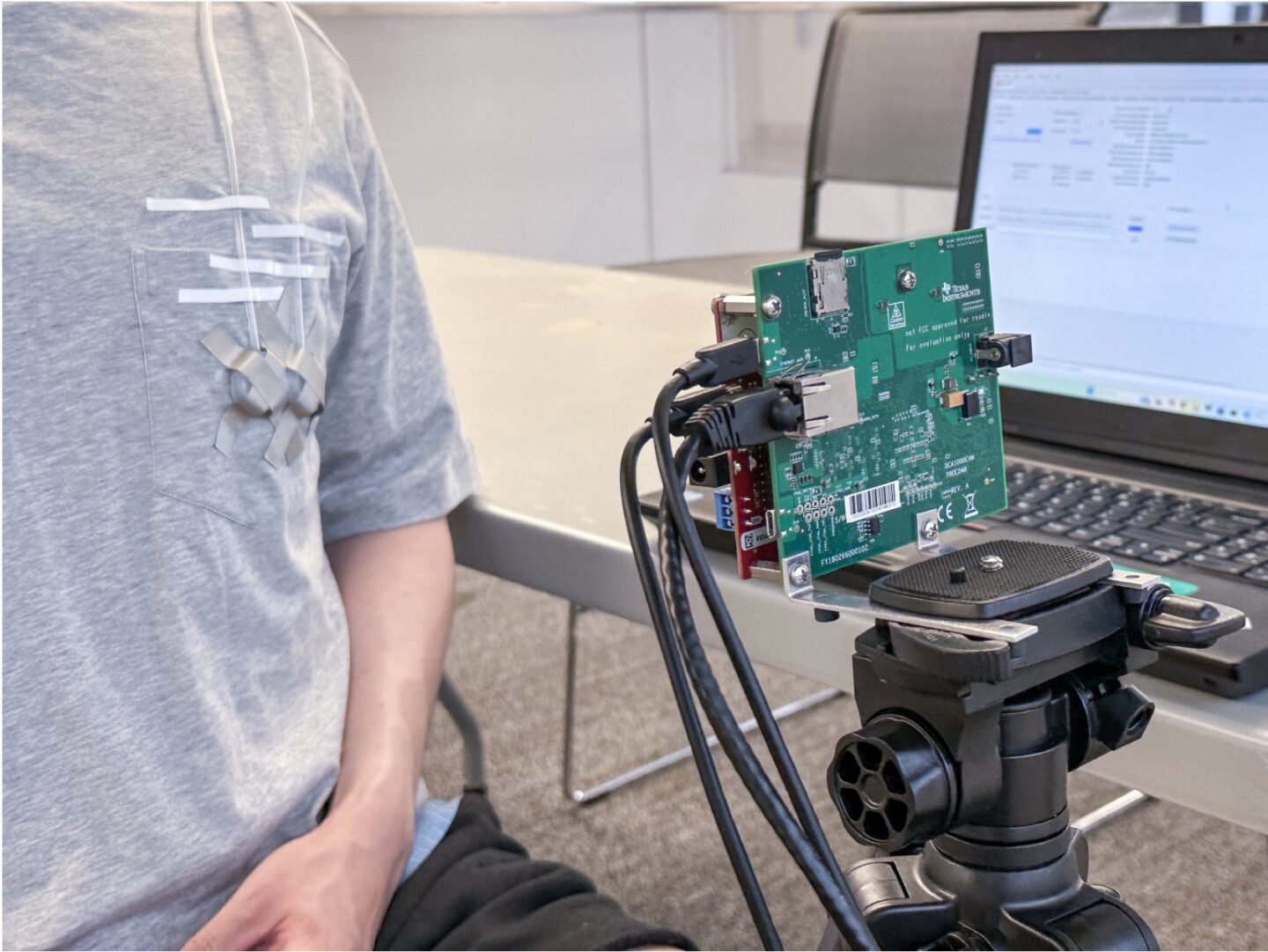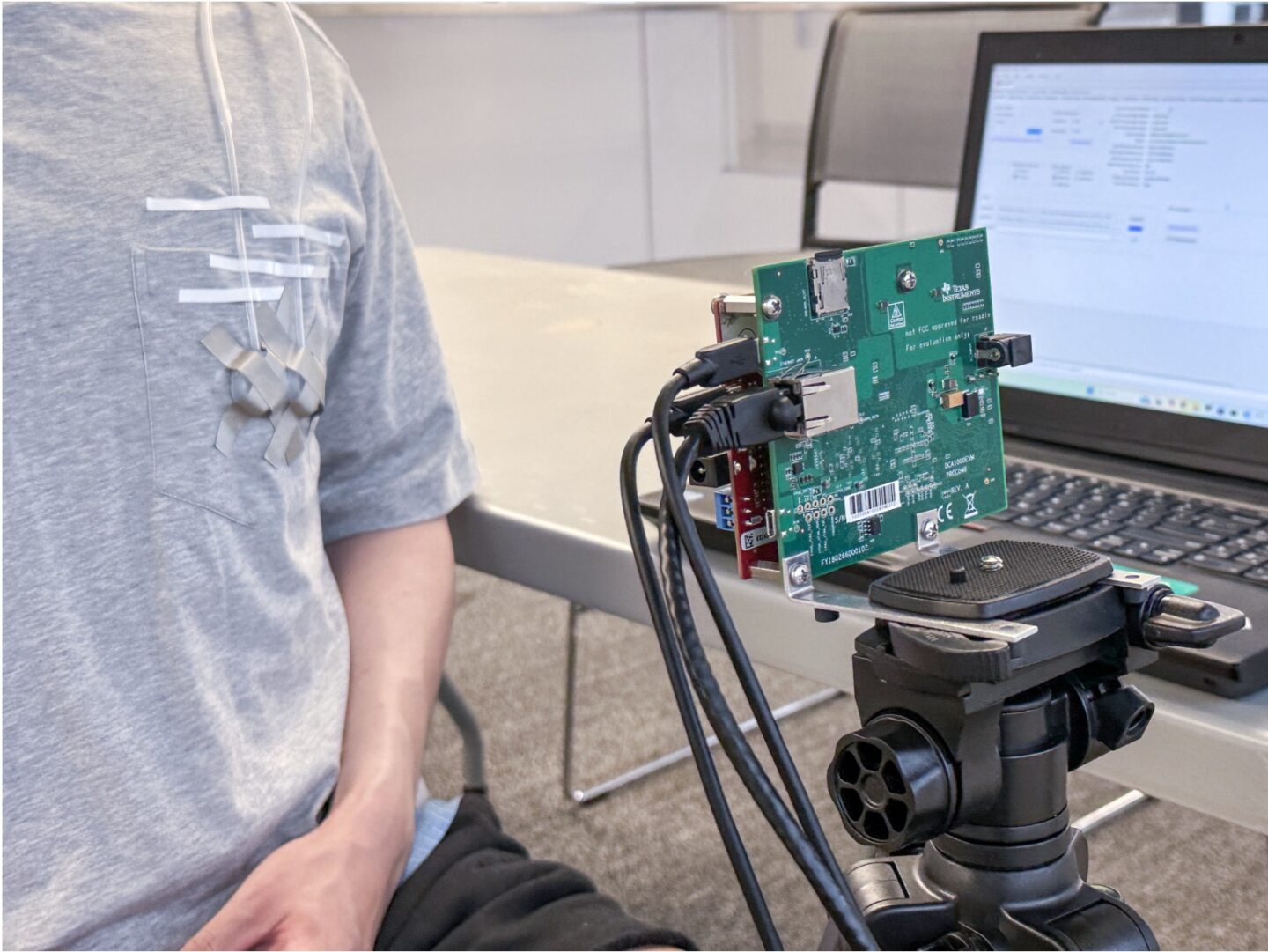VitalHide Puts Privacy First in the Age of Wireless Health Monitoring
Wireless health monitoring is rapidly evolving, promising a future where vital signs can be tracked passively and continuously without wearables. However, this advancement raises significant privacy concerns about who has access to the sensitive data collected and how much control users have over it. That’s where VitalHide comes in – a novel privacy-preserving system developed by researchers at Cornell Tech.

Led by Assistant Professors Rajalakshmi Nandakumar and Thijs Roumen, along with Cornell Tech Ph.D. students Zekun Chang, Yixuan Gao, and Tanvir Ahmed, VitalHide was unveiled in February 2025 at the HotMobile conference. The system aims to restore user agency without rejecting the benefits of wireless sensing. According to Roumen, the growing threat of unauthorized monitoring is a significant concern, as devices like TVs, routers, and even fans could potentially collect sensitive health data without consent.
VitalHide tackles this problem at its source by using tiny vibration motors or shape-changing textiles to generate false motion signals – like a decoy heartbeat – to confuse unauthorized sensors. “Our solution directly ‘encodes’ the physical phenomenon (movement induced by breathing or heartbeat) and only allows trusted actors to access the raw data by sharing the key for decoding,” Roumen explained. Authorized devices can filter out the fake signals and accurately recover true vital signs, while unauthorized devices are misled.
Built on a combination of soft robotics, wireless sensing, and functional embroidery, VitalHide’s components can be embedded into clothing or everyday textiles. The team is working to miniaturize the actuation system that creates the protective ‘fake’ motions on the body, making it easier to integrate into garments like jackets or vests. They’re also strengthening the system against emerging threats, such as machine learning-powered attacks.
Future improvements include testing across different sensing systems like Wi-Fi and acoustic, as well as creating theoretical guarantees to ensure reliable privacy protection and accurate results. The researchers emphasize that VitalHide is not anti-technology but rather provides users with the ability to intentionally consent to who accesses their vital data. As Roumen noted, “Now is a good time to give people the ability to consciously decide who accesses their data and who doesn’t.”
The development of VitalHide represents a significant step toward balancing innovation with individual rights in the realm of wireless health monitoring. By providing users with control over their sensitive health data, VitalHide has the potential to revolutionize the way we approach privacy in this rapidly evolving field.


